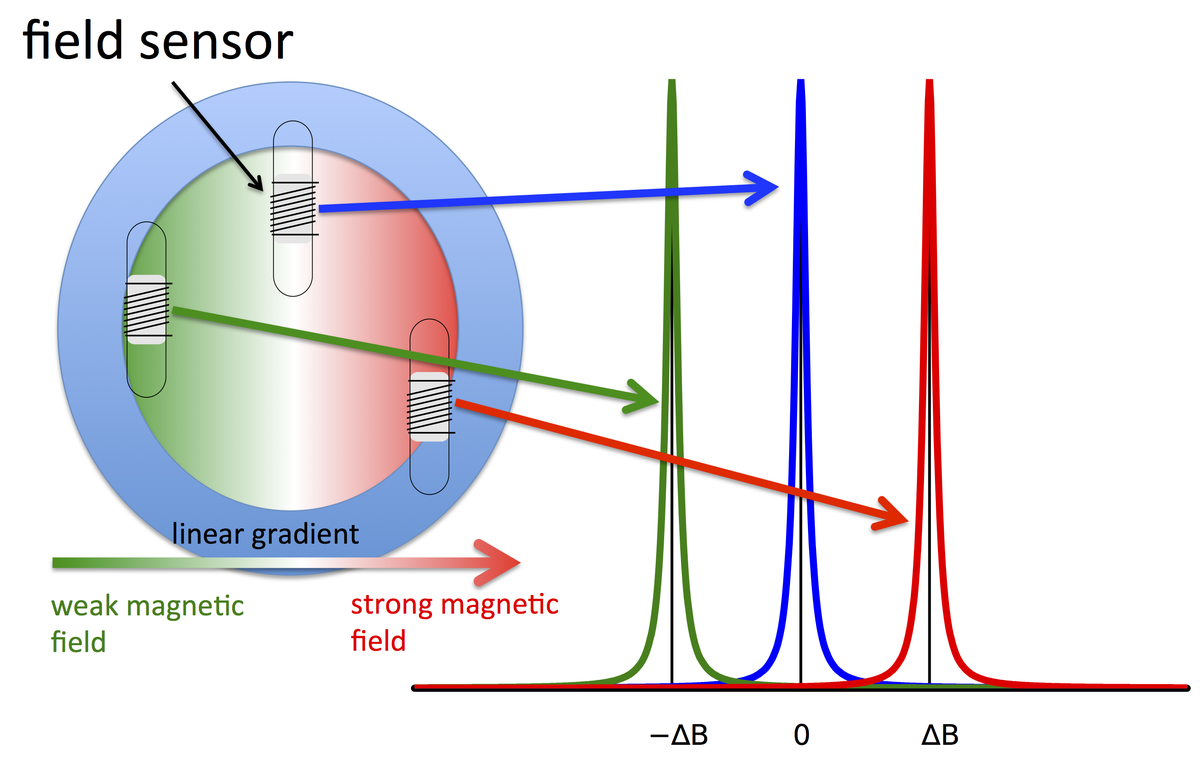Field Monitoring
MR experiments rely on a homogeneous and stable static magnetic field, superimposed by dynamic field gradients, which change in magnitude over time depending on the applied pulse sequence. In reality, the magnetic field can deviates from the desired value at any point. This is due to the fact that the subject introduces static changes in the magnetic field as a result of the various magnetic properties of matter in the body and dynamic changes caused by movement due to breathing, etc. Field gradients, on the other hand, suffer from various technical limitations, such as the limited slew rate of the amplifiers. In order to better understand and correct these effects, a good knowledge of the magnetic field in the volume of interest is required. This information can be used in a multitude of ways, including post-processing correction of MRI data, real-time shimming, feedback into the pulse sequence and correction of field changes due to subject motion. At the same time, measuring the magnetic field provides a means for examining and optimising pulse sequences. A typical system consists of probes made from a droplet of sample liquid in a capillary surrounded by a micro-coil. We are developing this system for our 9.4T scanner inspired by the ideas presented by De Zanche et al. This will provide our institute with a highly sensitive magnetic resonance-based field sensing device.

contact
- Institute of Neurosciences and Medicine (INM)
- Medical Imaging Physics (INM-4)
Room 213
